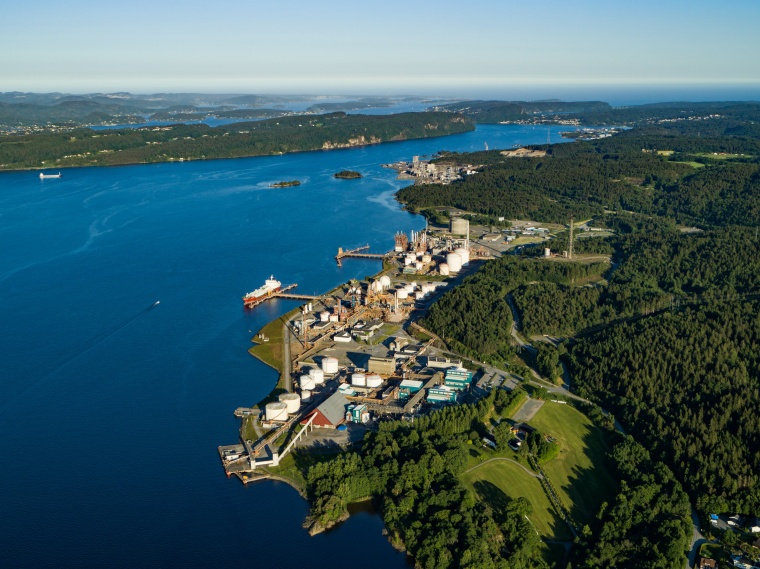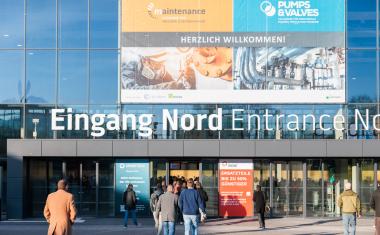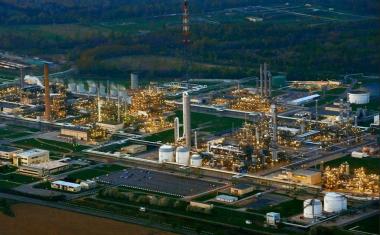Ineos Takes Step toward Green Hydrogen Network
Ineos is pressing full speed ahead to implement its investment strategy for green hydrogen across Europe. In its latest move, the company said it is participating in a project with SGN, the network that distributes natural and “green” gas across the south of England as well as Scotland, to build a UK-wide delivery network for hydrogen.
The companies are conducting a trial at Ineos’ Grangemouth site in Scotland to try to determine how existing natural gas networks can be repurposed for hydrogen. The project funded by the UK’s Energy Regulator and gas distribution companies will use hydrogen supplied by Ineos in a 29-km section of decommissioned pipeline between Grangemouth and Granton.
The future partners said the trial at Grangemouth is intended to help improve understanding of existing networks and the suitability to deliver hydrogen as a clean alternative to natural gas, to homes and businesses.
Ineos is among a number of big chemical industry players pumping investment into into green hydrogen. In November 2020, the now London-headquartered company launched a new business incorporated under vinyls subsidiary Inovyn, to develop and build green hydrogen capacity across Europe.
In late 2021, the olefins and polyolefins giant unveiled plans to invest more than €2 billion in electrolysis projects across Europe. The first plants are to be built in Norway, Germany and Belgium within the next 10 years, with plans for others in the UK and France to follow. Inovyn has also said it will build a 100MW electrolyzer to produce green hydrogen at its site in Cologne, Germany.

Ineos recently announced that a “pre-project”, dubbed Aquarius, to implement the plans at its Norwegian site in Rafnes will receive funding of 10 million Norwegian crowns from Enova, the financial technology group. The blueprint for pre-project is to build a 20 MW electrolyzer to produce hydrogen and oxygen. Eventually, Ineos hopes to make the site a hub to supply the transport sector.
"The Aquarius project is the first of a series of specific projects that form a well-defined decarbonisation road map for our plants in Norway. We are targeting to be an early mover with a minimum 30% reduction within 2030 versus 2020,” said Rodney Ishak, site manager for Inovyn in Norway. The announced support from Enova “is crucial to be able to find solutions to the technical risks,” he added.
“While it is not yet profitable to produce green hydrogen, in order for this to become competitive technology in the future both investment and operating costs must be reduced,” Enova’s Nils Christian Nakstad said.
Author: Dede Williams, Freelance Journalist













